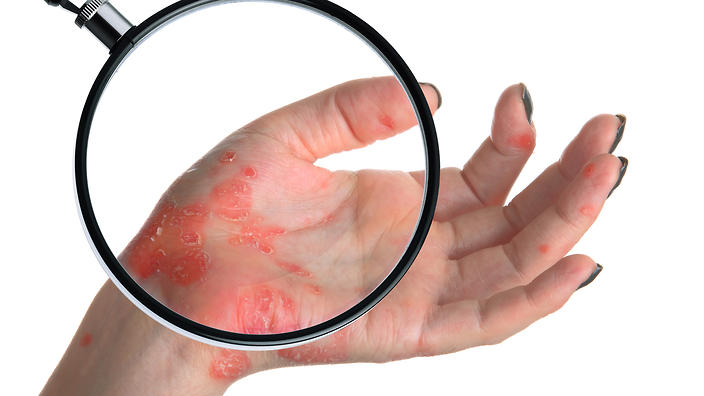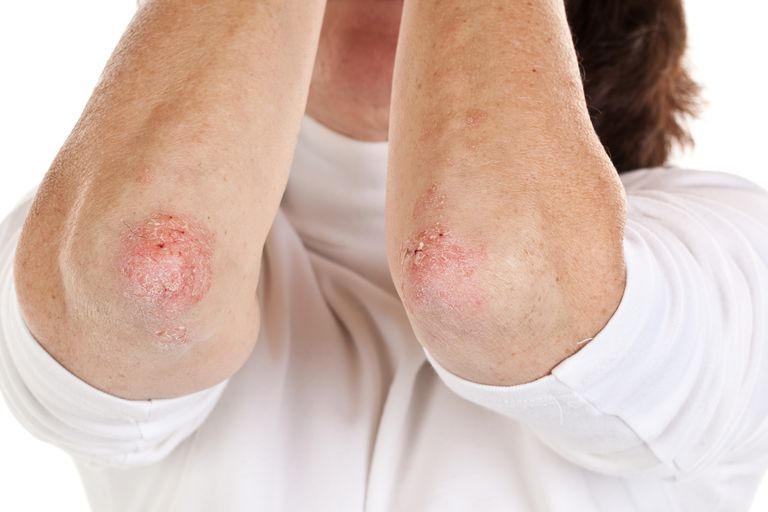How to Live with Psoriasis
Psoriasis is a chronic illness that is characterized by the immune system’s faulty messages that trigger accelerated skin cell growth within days. Instead of the normal number of days that it takes for new skin cells to form, people with psoriasis only need days for the process, but these excessive skin cells are not shed by the body. The result is the formation of patches on the skin surface because of the buildup of the skin cells.
Psoriasis is a lifelong disease that is often misunderstood to be contagious. What practices should you observe to live a normal life even with this condition?

Symptoms and Types of Psoriasis
A person with psoriasis will exhibit different symptoms and will even have more than one type of the disease. Listed below are the different types of psoriasis and some of the symptoms you might experience.
Types of Psoriasis
Plaque causes reddish and raised patches covered with a white coating to appear. The reddish patches are called plaque, while the coating is called scale. The latter can be itchy and will appear on any part of the skin, but most especially on the elbows, knees, scalp, and lower back. People with this type of psoriasis might also have various nail problems.
Inverse causes smooth patches of red raw-looking skin that will feel sore when touched. These patches commonly appear on the groin, genitals, buttocks, and armpits where skin can rub together.
Guttate causes tiny red spots to appear on different parts of the skin, but are most common on the arms, legs, scalp, face, and trunk. Patients with guttate type of psoriasis also have strep throat and exhibit signs of plaque psoriasis.

Pustular psoriasis causes swollen red bumps that are filled with pus which are commonly found on the soles of the feet or the palms of the hand. This type of psoriasis may also cause fever and chills, muscle weakness, severe itching, loss of appetite, fatigue, and bright red skin.
Erythrodermic will make the skin of the affected person look burnt. It is very painful, itchy, and will look bright red. The affected person will not be able to maintain his/her normal body temperature and has a rapid heartbeat. This type of psoriasis should be treated as an emergency and need immediate medical attention.
Treatment and Lifestyle Changes
The goal of the treatment is to reduce the symptoms of the disease, which is done through oral or injected medication, topical medication, proper diet, and phototherapy. The type of treatment recommended to the patient will depend on the type and severity of psoriasis and the affected areas.

Oral and injected medication are usually done within a short period of time and are reserved for severe symptoms because the side effects can be harmful. The most common medication prescribed are methotrexate, acitretin, ciclosporine, and other biologic treatments.
Topical treatments are reserved for mild to moderate psoriasis symptoms, while phototherapy is used in combination with other treatments. The patient should also avoid any food that can worsen or trigger symptoms.

